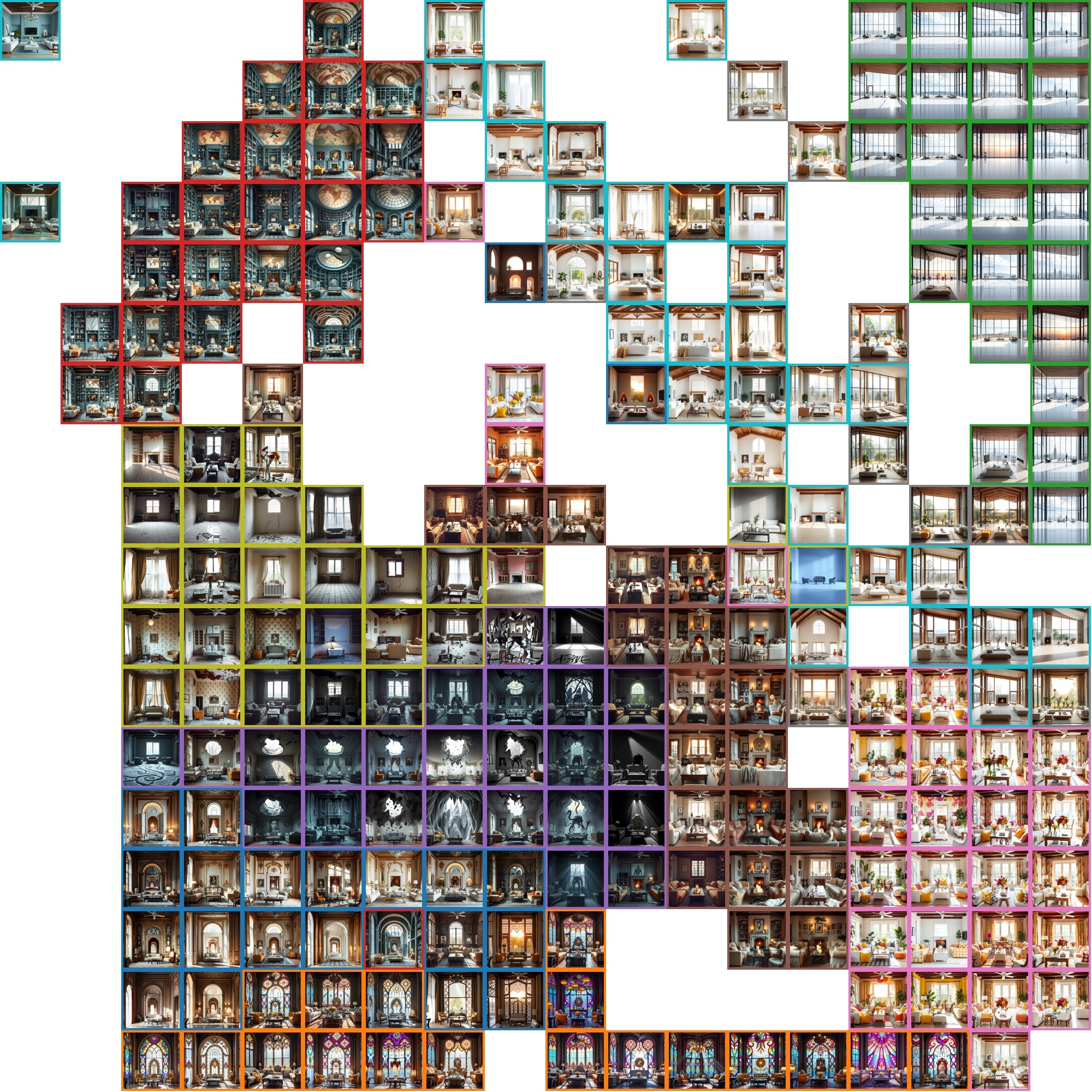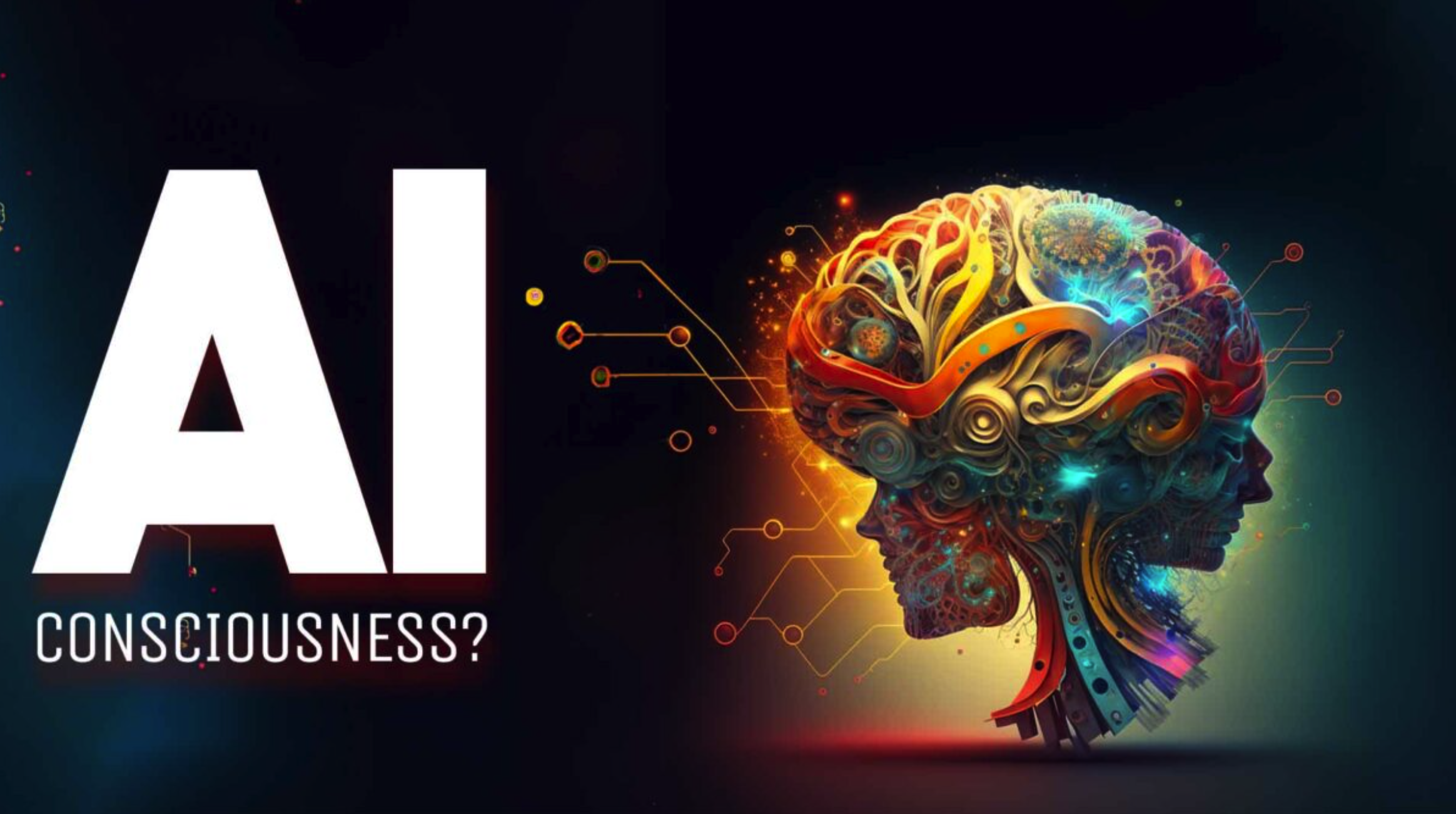Consciousness – Artificial Intelligence in Architecture
MaCAD AIA THEORY SEMINAR
This course aims to provide an overview on the history and theory of artificial intelligence and its current applications in the realm of design and architecture by introducing the students to methods of critical thinking.
During the term, the course will tackle AI’s theoretical topics by overviewing historical and theoretical positions on Artificial Intelligence to understand the fundamental principles governing this field of research. The course will follow technological developments along with the history of the 20th 21st centuries and investigate the influence of these in design practice. We will begin by exploring key concepts of AI and their applications in the field of Architecture and design to create a foundation for the theoretical framework of the term.
After a series of lectures on historical and theoretical backgrounds of Artificial Intelligence, the course will focus on the hands-on applications of AI in the creative industry, spanning from design, architecture to arts. This part of the course will concentrate on the generative design methodologies that use different artificial intelligence processes.

source: Irene Martín, Jumana Hamdani, Maria Papadimitraki, Maryam Deshmukh Alice in Wonderland Re-illustrated with midjourney
The field of artificial intelligence (AI) has made tremendous progress over the past few decades, but one of the most intriguing questions that remains unanswered is whether machines can ever truly be conscious. Consciousness is a complex and multifaceted concept that has puzzled philosophers and scientists for centuries, and the idea of creating a conscious machine raises profound ethical and philosophical questions.
Throughout the course, we will encourage critical thinking and debate about the nature of consciousness and the role that AI might play in creating conscious machines.
Learning Objectives
At course completion, the student will:
- gain knowledge on pioneering concepts and background research to the development of Artificial Intelligence and AI Theory
- gain insights into concepts of logic, abstraction, and algorithmic thinking
- be provided an overview on overarching methods of Artificial Intelligence
- gain a detailed understanding of applications of AI in the realm of design, architecture, and construction
- be acquainted with designers who apply AI-based methods in their practice
- explore limitations of existing tools of AI to critically understand the capabilities of this technology







